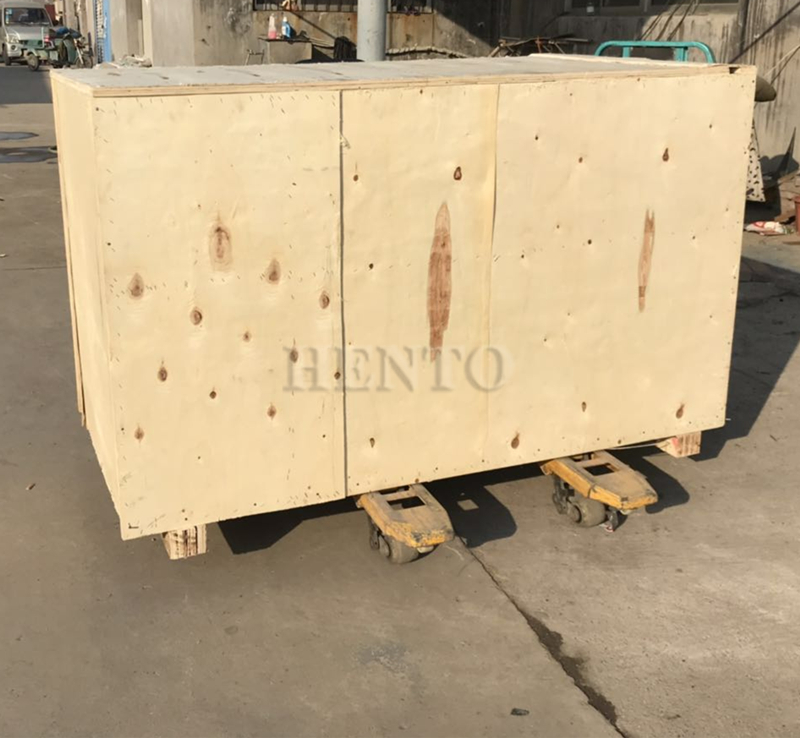stainless steel plucker
Sep . 03, 2024 18:33 Back to list
stainless steel plucker
The Efficiency and Innovation of Stainless Steel Pluckers in Modern Poultry Processing
In the ever-evolving field of food processing, stainless steel pluckers have emerged as a vital tool for the poultry industry. These machines, designed to remove feathers from birds efficiently, amalgamate durability with sanitary properties, significantly enhancing productivity and ensuring compliance with health standards. As the demand for poultry products continues to rise globally, understanding the benefits and workings of stainless steel pluckers is essential for anyone involved in poultry processing.
Stainless steel is the material of choice for these pluckers due to its exceptional resistance to corrosion and staining. Unlike traditional plucking methods, which often relied on less durable materials, stainless steel ensures longevity and reliability. This metal’s non-reactive nature means that it will not tarnish or affect the quality of the poultry, maintaining the integrity of the product. Furthermore, stainless steel is easy to clean, a critical factor in any food-related equipment that ensures sanitation and prevents contamination.
The design of stainless steel pluckers is both mechanical and user-friendly. Most machines consist of rotating rubber fingers or cones that effectively remove feathers while minimizing damage to the skin of the bird. This balance between efficiency and care is crucial; rough handling can lead to torn skin, resulting in a lower-quality product that can disappoint consumers. Advanced models are often equipped with adjustable speed settings, allowing operators to customize the plucking process according to the type of poultry being processed, whether chickens, ducks, or turkeys. This versatility makes stainless steel pluckers an invaluable asset for businesses looking to optimize their operations.
stainless steel plucker

Another significant advantage of stainless steel pluckers is their contribution to the improvement of labor efficiency
. Manual plucking is labor-intensive and time-consuming, leading to potential issues such as worker fatigue and inconsistent results. Conversely, automated plucking machines can process a higher volume of birds in a fraction of the time, ensuring that production stays on schedule and meets the increasing consumer demand. By automating this segment of the processing chain, poultry operations can allocate human resources to other critical areas, such as quality control and packaging.The integration of technology into stainless steel pluckers has also ushered in new advancements. Many modern pluckers feature digital control panels, automation capabilities, and sensors that enhance operations. These innovations not only streamline the plucking process but also provide real-time feedback to operators, improving overall efficiency and reducing waste. Additionally, connectivity features allow for maintenance alerts and performance tracking, ensuring that the machinery operates at peak effectiveness.
Moreover, as sustainability becomes more paramount in food production, stainless steel pluckers stand out for their eco-friendliness. Their durability reduces the frequency of replacements and the associated waste, while their efficient performance promotes optimal resource use—factors that align with the growing consumer preference for sustainably sourced products.
In conclusion, stainless steel pluckers represent a confluence of innovation and practicality in the poultry processing industry. Their durability, efficiency, and hygiene offer numerous benefits that cater to the growing demands of consumers and businesses alike. As technology continues to advance, the potential for these machines to further revolutionize poultry processing remains vast, paving the way for a more efficient and sustainable future in the food industry. Investing in these state-of-the-art plucking systems not only enhances productivity but also contributes to the overall quality and safety of poultry products.
-
Automatic Feeding Line System-Pan Feeder Nipple Drinker|Anping County Yize Metal Products Co., Ltd.
NewsJul.29,2025
-
Hot Sale 24 & 18 Door Rabbit Cages - Premium Breeding Solutions
NewsJul.25,2025
-
Automatic Feeding Line System Pan Feeder Nipple Drinker - Anping County Yize Metal Products Co., Ltd.
NewsJul.21,2025
-
Automatic Feeding Line System Pan Feeder Nipple Drinker - Anping County Yize Metal Products Co., Ltd.
NewsJul.21,2025
-
Automatic Feeding Line System - Anping Yize | Precision & Nipple
NewsJul.21,2025
-
Automatic Feeding Line System - Anping Yize | Precision & Nipple
NewsJul.21,2025






